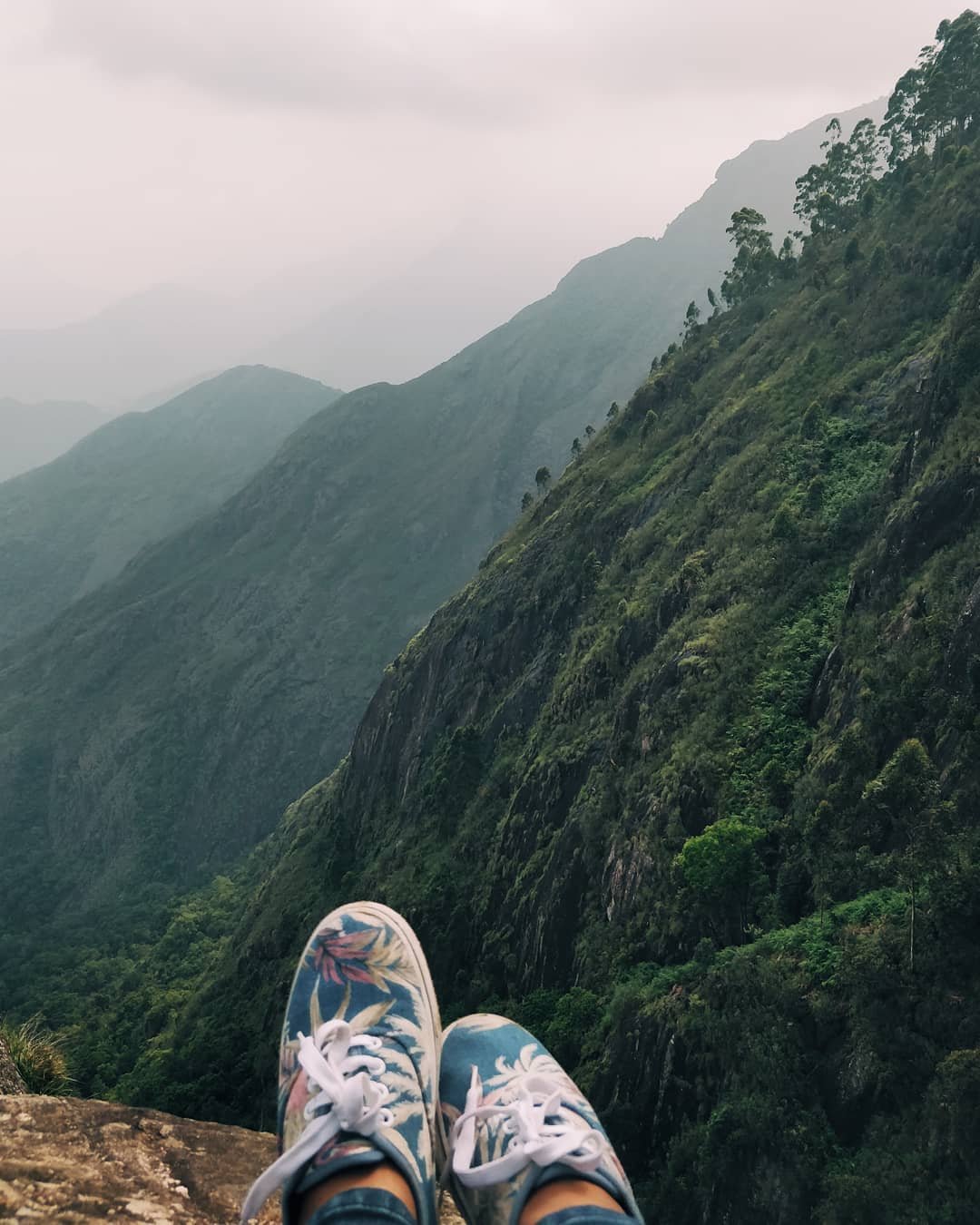
Enjoy your honeymoon in the Kodaikanal climate
Kodaikanal is the best place to enjoy your honeymoon. Couples are preferring only Kodaikanal to enjoy their honeymoon in Kodaikanal honeymoon packages because of the many beautiful places available in Kodaikanal, like Kodaikanal Lake, Berijam Lake, Cookers Walk, Poombarai Village View, Mannavanur Lake, Pillar Rocks, Pine Forest, Kurinji Andavar Temple, Dolphin’s Nose, Bryant Park, etc. Book travel2Kodaikanal.
A Comprehensive Climate Overview of Kodaikanal: Everything You Need to Know
Kodaikanal is a picturesque hill station located in the Dindigul district of Tamil Nadu, India. Known for its serene beauty and pleasant climate, it attracts tourists from all over the country and beyond. However, like many other places around the world, Kodaikanal is also impacted by climate change and environmental issues. Travel2Kodaikanal will give a comprehensive overview of the climate and related aspects of Kodaikanal:
Geographical and climatic overview in Kodaikanal
Kodaikanal is situated in the Western Ghats, a mountain range that runs parallel to the western coast of India. Its elevation ranges from approximately 1,700 meters (5,580 feet) to 2,500 meters (8,200 feet) above sea level. Due to its high elevation,by booking Kodaikanal tour packages, you can enjoy a subtropical highland climate, which is significantly cooler than the surrounding plains.
Temperature in Kodaikanal
You can enjoy the climate in Kodaikanal by booking Kodaikanal honeymoon packages. is characterized by mild to cool temperatures throughout the year. The summer months (March to May) are pleasantly warm, with temperatures ranging from 20°C to 36°C (68°F to 97°F). The winter months (December to February) are chilly, with temperatures ranging from 8°C to 17°C (46°F to 63°F). The monsoon season (June to September) brings moderate to heavy rainfall.

Monsoon and Rainfall in Kodaikanal
The southwest monsoon, influenced by the Arabian Sea, brings the majority of the rainfall to Kodaikanal. The region receives an average annual rainfall of around 1650 mm (65 inches). Biodiversity and Environmental Concerns: Kodaikanal is home to a diverse range of flora and fauna due to its elevation and climate. The region is known for its shola-grassland ecosystems, which are unique to the Western Ghats. However, Kodaikanal faces environmental concerns such as deforestation, habitat loss, and the impact of tourism on local ecosystems.
Climate change impact in Kodaikanal
Like many other regions, Kodaikanal is not immune to the effects of climate change. Increasing temperatures, changing precipitation patterns, and unpredictable weather events can impact local ecosystems, agriculture, and water resources. Glacial retreat, which affects the availability of freshwater, is also a concern for the region.
Sustainable Tourism and Conservation Efforts:
To address environmental challenges and promote sustainable tourism, local authorities and environmental organizations have taken steps to raise awareness about conservation. Efforts include reforestation projects, waste management initiatives, and promoting responsible tourism practices among visitors.
Kodaikanal’s climate is a significant factor contributing to its popularity as a tourist destination. However, the region’s beauty and biodiversity are under threat due to climate change and human activities. It’s important for both residents and tourists to take steps towards conservation and responsible tourism to ensure that Kodaikanal’s natural treasures are preserved for future generations.


Comment (0)